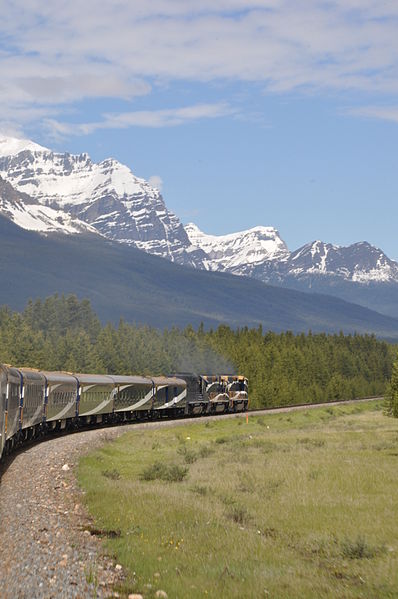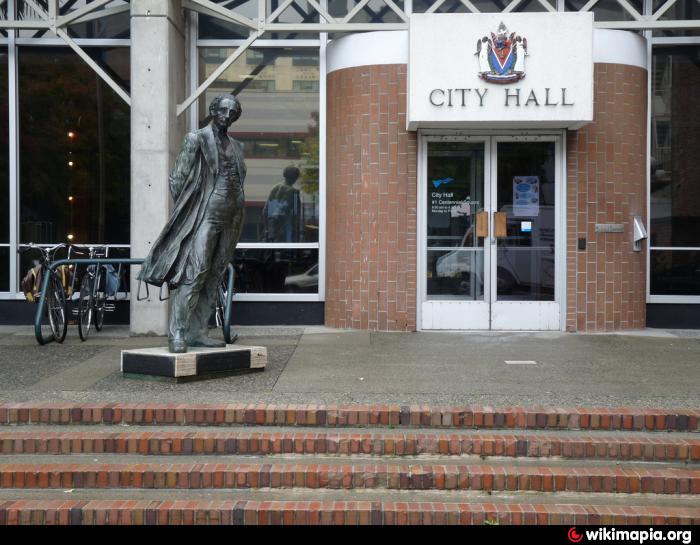Michael Geist asks whether it matters that Canadian privacy laws provide more privacy protection if they can’t actually be enforced:
It has long been an article of faith among privacy watchers that Canada features better privacy protection than the United States. While the U.S. relies on binding enforcement of privacy policies alongside limited sector-specific rules for children and video rentals, Canada’s private sector privacy law (PIPEDA or the Personal Information Protection and Electronic Documents Act), which applies broadly to all commercial activities, has received the European Union’s stamp of approval, and has a privacy commissioner charged with investigating complaints.
Despite its strength on paper, my Globe and Mail op-ed notes the Canadian approach emphasizes rules over enforcement, which runs the risk of leaving the public woefully unprotected. PIPEDA establishes requirements to obtain consent for the collection, use and disclosure of personal information, but leaves the Privacy Commissioner of Canada with limited tools to actually enforce the law. In fact, the not-so-secret shortcoming of Canadian law is that the federal commissioner cannot order anyone to do much of anything. Instead, the office is limited to issuing non-binding findings and racing to the federal court if an organization refuses to comply with its recommendations.
The weakness of Canadian law became evident last week when the federal and British Columbia privacy commissioners released the results of their investigation into Facebook arising from the Cambridge Analytica scandal. The report details serious privacy violations and includes several recommendations for reform, including new measures to ensure “valid and meaningful consent”, greater transparency for users, and oversight by a third-party monitor for five years.
Facebook’s response? No thanks. The social media giant started by disputing whether the privacy commissioner even had jurisdiction over the matter. After a brief negotiation, the company simply refused to adopt the commissioners’ recommendations. As their report notes “Facebook disagreed with our findings and proposed alternative commitments, which reflected material amendments to our recommendations, in certain instances, altering the very nature of the recommendations themselves, undermining the objectives of our proposed remedies, or outright rejecting the proposed remedy.”







